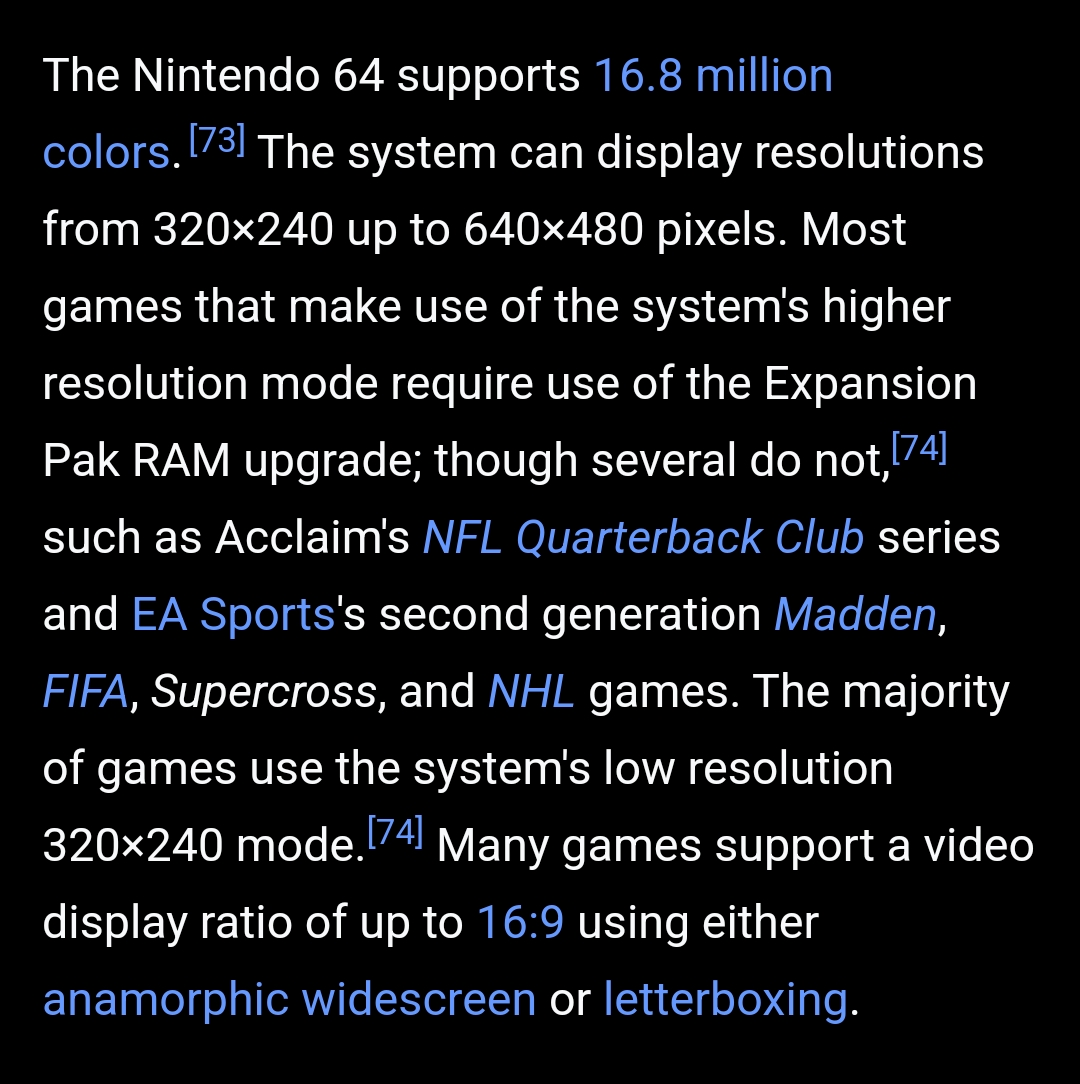He recommended regular Bloom for Slot Masks and Mask Bloom for other Mask Types.
So far, every time I set Mclip to 1 it looks similar to Bloom at 0 in my presets. Although the "phosphors’ look purer, the image looks worse so I live with my Bloom and leave Mclip alone at 0.50.
In the past I was able to get rid of the whitish haze that Bloom applies to the " phosphors" by using relatively low Gamma In/Out settings but overall I prefer how things look with Bloom enabled and higher Gamma In/Out.
I think if you want a 100% accurate experience by disabling Bloom in order to try matching the look of a real CRT, you’ll end up with issues where brightness is concerned, so you’ll need to compensate by having an extra bright screen with the brightness cranked all the way up, which seems to be par for the course with “accurate” CRT Shaders and Presets.
If you want great looks which can look virtually identical to a real CRT from reasonable viewing distances without having to simulate the Sun using your backlight, using a touch of regular Bloom with MClip at 0.5 works wonders.
When I read your mclip @ “000000”, I actually thought that it was at 1 instead eh. My apologies for any confusion. I haven’t tried it at 0 so I wouldn’t know what to expect, I doubt it would mess up the Bloom at 0. If it’s at 1 it will kill the bloom in my experience, using my settings.



 . But there’s something I’m doing wrong and can’t get better image than the posted above of Super Mario 64 .Can you help me with the mclip? I use it at 100% because it looks almost the same, but I can’t make the horizontal scanlines the same, no matter how hard I try or I shouldn’t use mclip ar max settings?. I think if I solve that, I will already got it to look the same. Thanks for your patience and comprehension.
. But there’s something I’m doing wrong and can’t get better image than the posted above of Super Mario 64 .Can you help me with the mclip? I use it at 100% because it looks almost the same, but I can’t make the horizontal scanlines the same, no matter how hard I try or I shouldn’t use mclip ar max settings?. I think if I solve that, I will already got it to look the same. Thanks for your patience and comprehension. 
 …
…
 I’ll try to control saturation with the controls you suggested and keep fiddling to try and calibrate brightness and gamma.
I’ll try to control saturation with the controls you suggested and keep fiddling to try and calibrate brightness and gamma.




